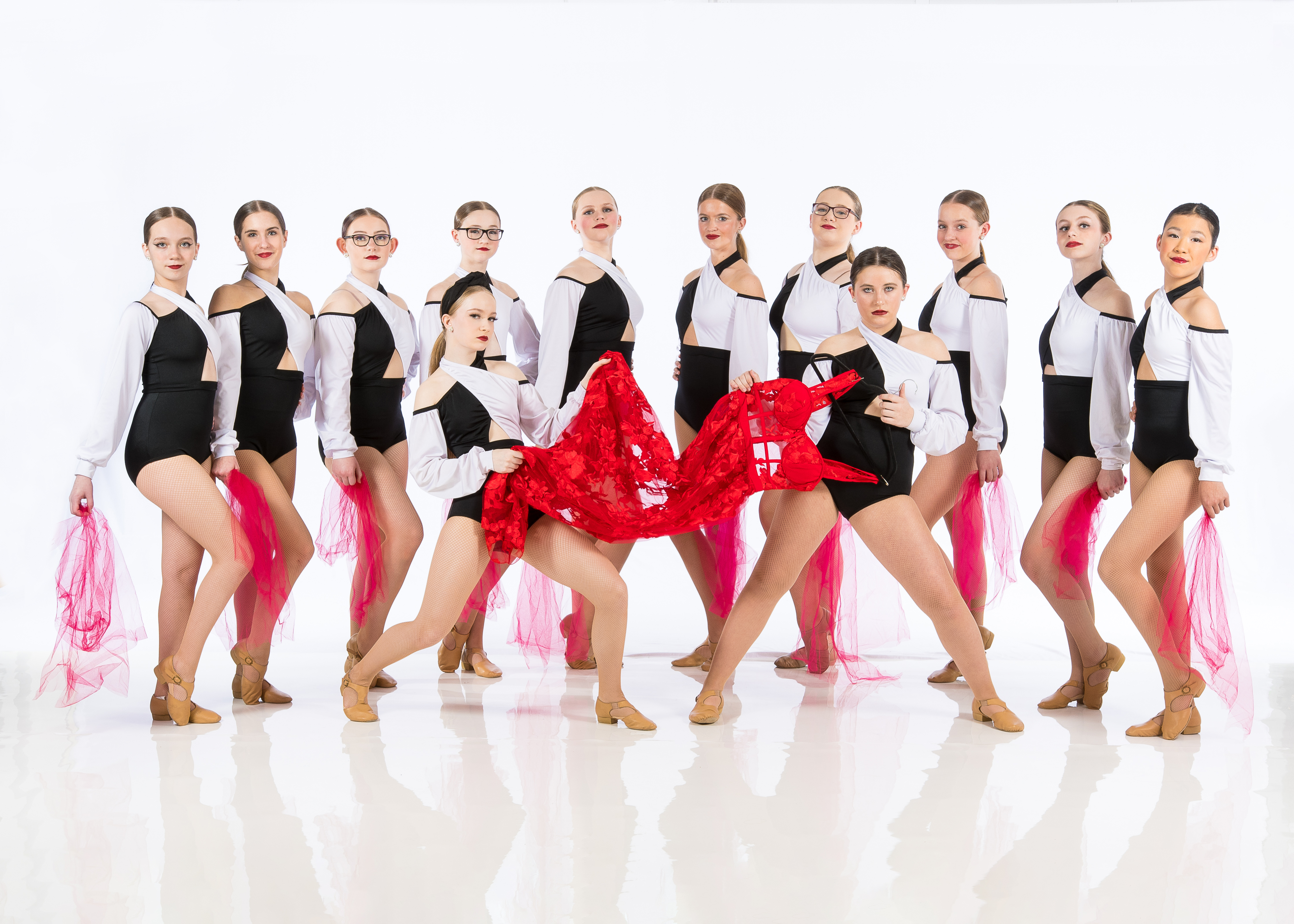Introduction: The Importance of Community in the Arts
In the vibrant tapestry of the arts, community plays a vital role. Whether you're a budding dancer, painter, musician, or actor, engaging with local arts communities can enrich your training experience immensely. Not only does it provide support and inspiration, but it also opens doors to opportunities you might not find in isolation. This article will dive into why connecting with local arts communities is essential for anyone involved in the arts, especially those attending a dance academy.
Engaging with Local Arts Communities as Part of Your Training Experience
When we talk about "Engaging with Local Arts Communities as Part of Your Training Experience," we are addressing a crucial component that goes beyond technical skills. In today's world, where individualism often reigns supreme, the importance of collaboration and community cannot be overstated.
Why Community Matters in the Arts
Art has always thrived in community settings. From ancient times to modern-day performances, artists have gathered to share their work, learn from one another, and inspire creativity. Here’s why engaging with local arts communities can elevate your training experience:
- Network Building: Meeting fellow artists can lead to collaborations that enhance your skill set. Mentorship Opportunities: Seasoned professionals often mentor newcomers, helping them navigate their artistic journey. Exposure to Diverse Styles: Interacting with various art forms broadens your perspective and helps you develop a unique style.
The Role of Dance Academies in Fostering Community Engagement
Dance academies play an essential role in cultivating relationships within local arts communities. They serve not just as educational institutions but as hubs for creative expression.
Collaboration with Local Artists
Many dance academies collaborate with local choreographers and dancers for workshops and performances. This partnership benefits students by providing real-world experience while promoting local talent.
Showcasing Student Work
Dance academies often hold showcases for students to perform publicly. These events not only help students gain confidence but also foster connections within the community.
Types of Local Arts Communities You Can Engage With
1. Performing Arts Groups
These include theatre companies, dance troupes, and music bands. Getting involved here allows you to collaborate on projects or even audition for roles.

2. Visual Arts Collectives
If painting or sculpture is more your style, consider joining a visual arts collective where you can share techniques and exhibit your work.
3. Literary Circles
For those inclined towards writing or spoken word, literary circles offer opportunities to share work and receive feedback from peers.
4. Cultural Organizations
These organizations celebrate specific cultures through various art forms and provide platforms for cultural expression.
How to Find Local Arts Communities
Finding the right community takes some effort but can be incredibly rewarding.
Online Platforms and Social Media
- Use social media platforms like Facebook or Instagram to search for local groups. Websites like Meetup.com allow users to find gatherings based on shared interests.
Attend Local Events
Participating in art fairs, exhibitions, or open mic nights can connect you with like-minded individuals eager to create.
Visit Art Centers or Libraries
Local art centers often host classes or events that encourage engagement between artists.
Benefits of Engaging with Local Arts Communities During Training
1. Enhanced Learning Experience
Learning from peers who bring different perspectives can deepen your understanding Dance Academy of your craft.
2. Emotional Support System
Being part of an arts community provides emotional support during tough times—critical when pursuing artistic endeavors that require vulnerability.
3. Career Opportunities
Networking can lead to job offers or invitations to participate in larger projects that may accelerate your career growth.
Overcoming Challenges When Engaging with Local Arts Communities
While engaging with local communities is beneficial, challenges may arise:
1. Fear of Rejection
It's natural to feel apprehensive about sharing your work initially; however, remember that constructive criticism fosters growth.
2. Time Constraints
Balancing training at a dance academy while engaging in community activities may seem daunting—but great time management makes it feasible!
FAQ Section
Q1: How do I find a suitable dance academy?
A1: Research online reviews and visit potential schools to see if they align with your artistic goals.
Q2: What if I don’t know anyone in my local arts community?
A2: Attend workshops or classes; you'll meet people who share similar interests!
Q3: Are there costs associated with joining these communities?
A3: Some may charge membership fees; however, many events are free or donation-based!
Q4: Can I engage without being an expert?
A4: Absolutely! Many communities welcome beginners eager to learn and contribute.
Q5: How does social media help in finding these communities?
A5: Social media platforms facilitate networking and allow you to stay updated on events happening nearby!
Q6: What's the first step I should take?
A6: Start by attending a local event; it's a great way to familiarize yourself!
Conclusion
Engaging with local arts communities as part of your training experience is invaluable for any aspiring artist—from dancers honing their skills at a dance academy to painters https://theindustry.blog/dance/dance-education/dance-academy-success-step-by-step-guide exploring new styles alongside peers. The relationships built within these communities pave the way for collaboration and friendship that last well beyond formal education. So go ahead—immerse yourself in the rich world around you! Embrace every opportunity that comes your way; after all, creativity flourishes best when nurtured within a supportive environment filled with passion and artistry!
By actively participating in these vibrant networks, you'll not only enhance your talents but also contribute meaningfully to the colorful mosaic of local culture—a truly rewarding endeavor!